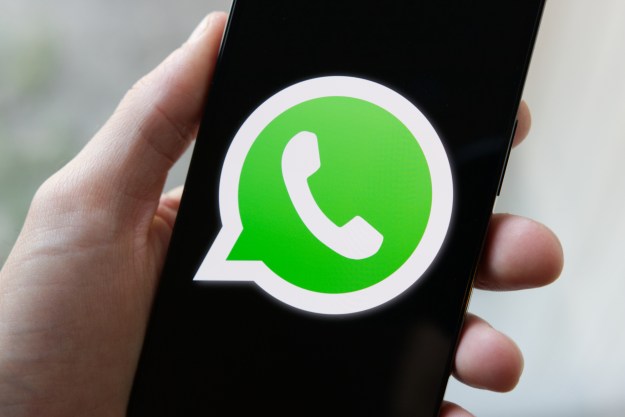WhatsApp is now rolling out voice and video calling to desktop users, the company announced today. The messaging service, used by over a billion people worldwide, is improving the feature set of its desktop apps to match both its Facebook Messenger counterpart, as well as rivals from Apple’s FaceTime and Microsoft’s Skype.
WhatsApp says it is making this change due to a growth in voice and video calling that has happened over the past year. Due to the ongoing pandemic, a mix of social isolation, and lockdowns, more and more people have used the app to stay in touch in place of face-to-face communication. WhatsApp says this has reflected in “significant” growth, citing 1.4 billion voice and video calls made on New Year’s Eve alone.
You’ll need to have the WhatsApp Desktop app installed on a PC or Mac running either Windows 10 64-bit version 1903 and newer or MacOS 10.13 and newer. You’ll also need both your phone and computer to have internet access enabled. WhatsApp notes that while your phone isn’t being used to make the call, it still needs to be online to establish the initial connection. Obviously, a microphone and camera need to be present for voice and video respectively.
The new desktop video call feature is optimized for use in both portrait and landscape modes. It uses picture-in-picture so users can keep track of their calls with a small floating window while still using their computers normally. The company also touts the benefits of using bigger screens as a larger canvas to see your friends and loved ones while keeping your hands free.
The good news is, WhatsApp’s end-to-end encryption is available on calls using the desktop platform, ensuring your conversations stay private. WhatsApp suffered a blow to its reputation this year after rolling out a controversial new privacy policy, and while the debate about the data-sharing aspects rumbles on internationally, it’s obviously keen to emphasize the privacy aspects of this new feature update.
Voice and video calling will be available first in one-to-one calls, but the company plans to expand to group calls in the future. The service should be available now.
Editors' Recommendations
- Meta’s ChatGPT killer is taking over your favorite apps
- How to know if someone blocked you on WhatsApp
- WhatsApp now lets you send self-destructing voice messages
- WhatsApp now lets you add short video messages to chats
- WhatsApp finally lets you edit sent messages. Here’s how to do it




